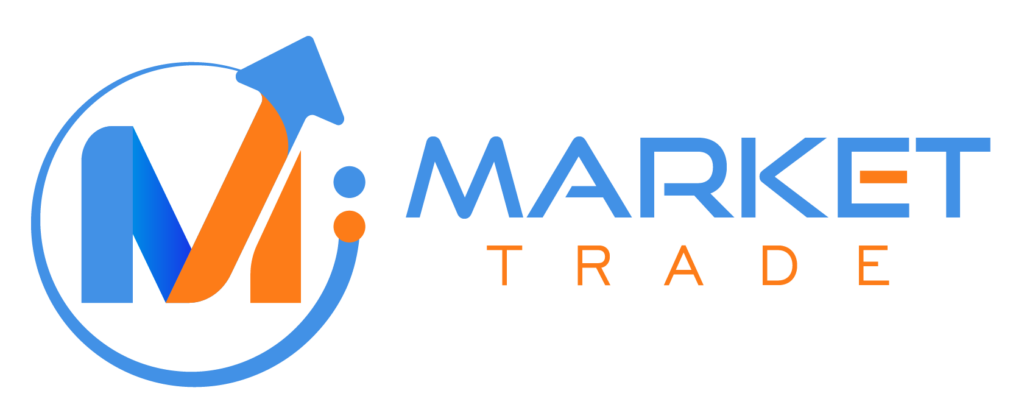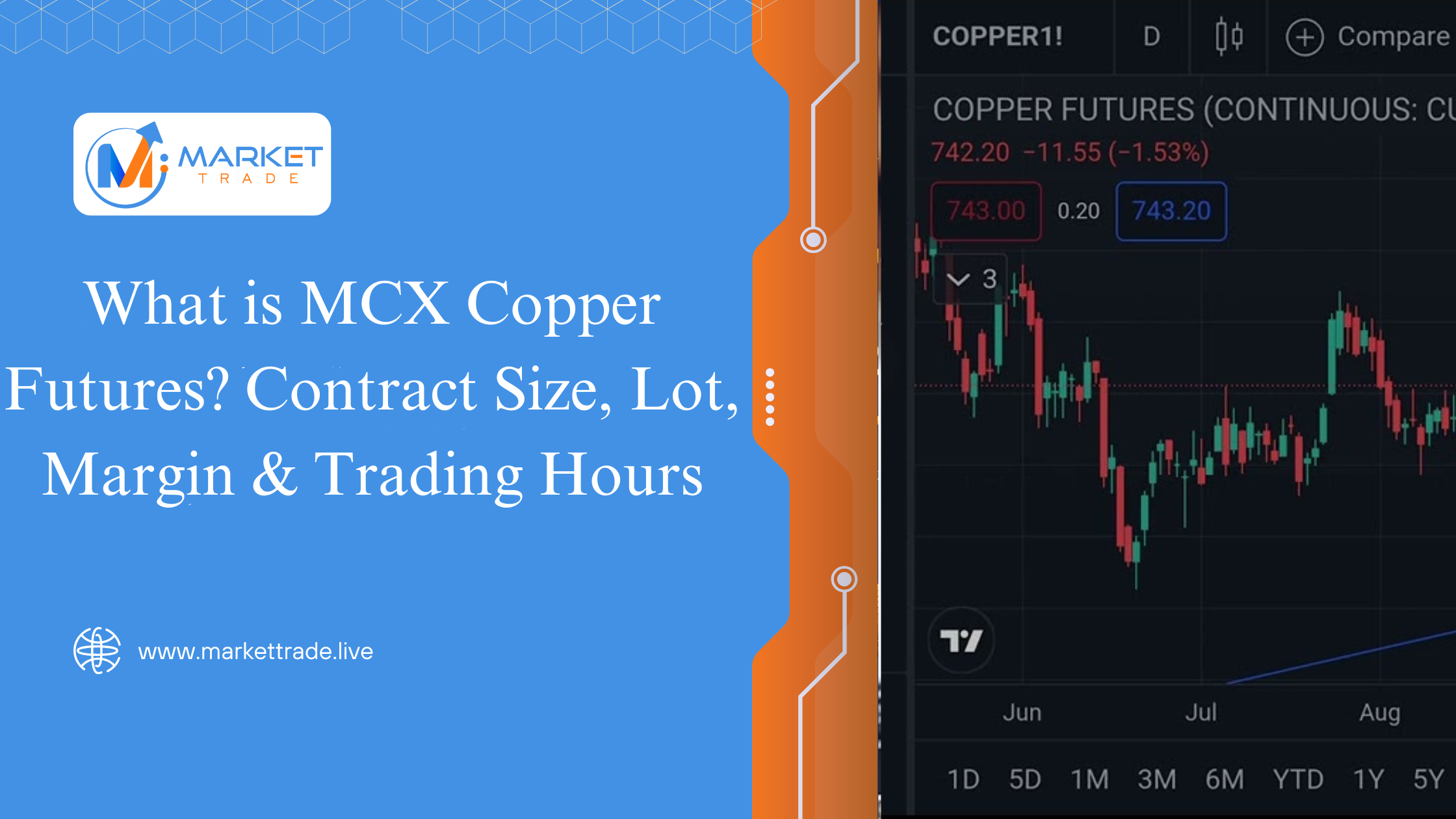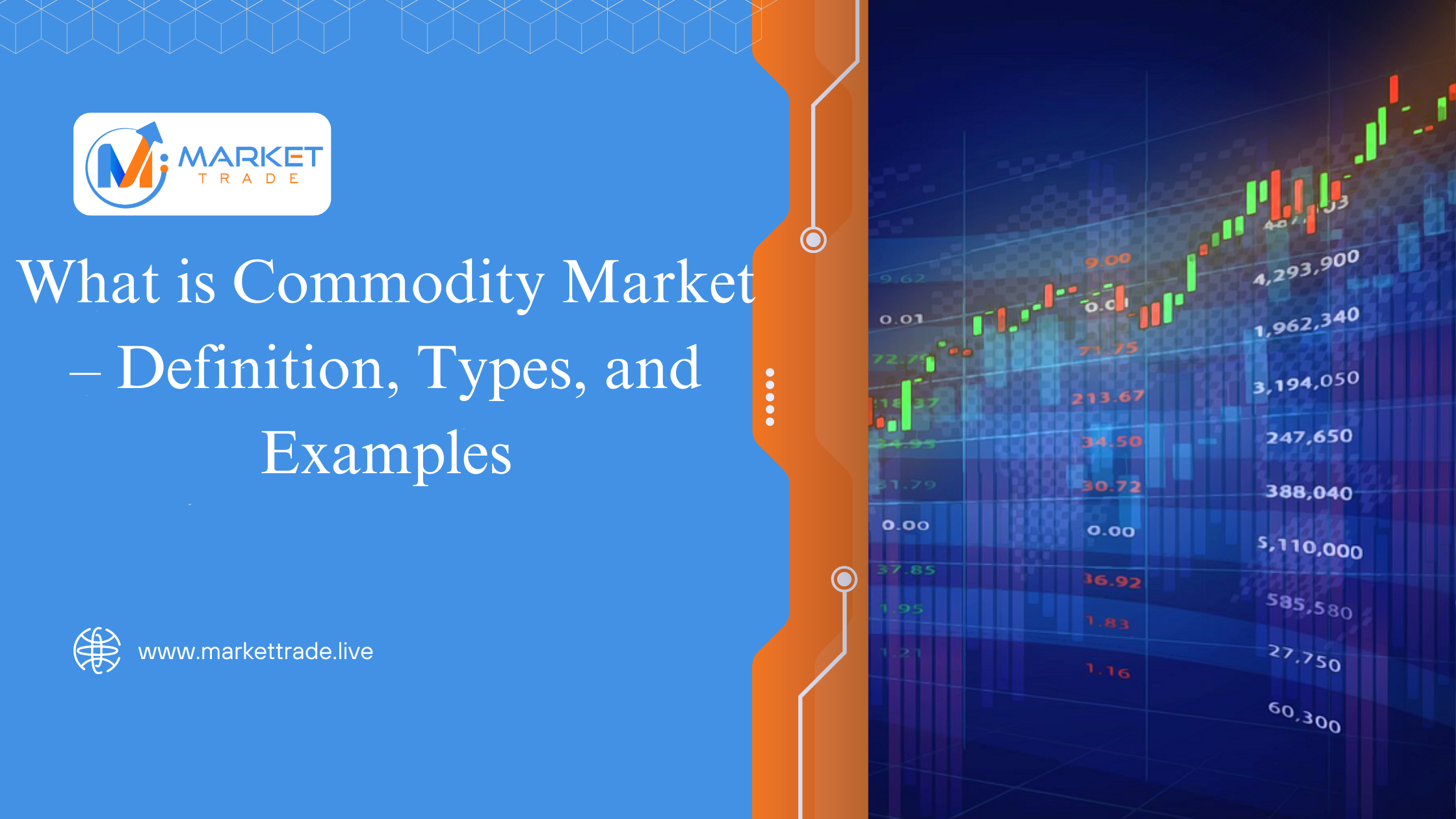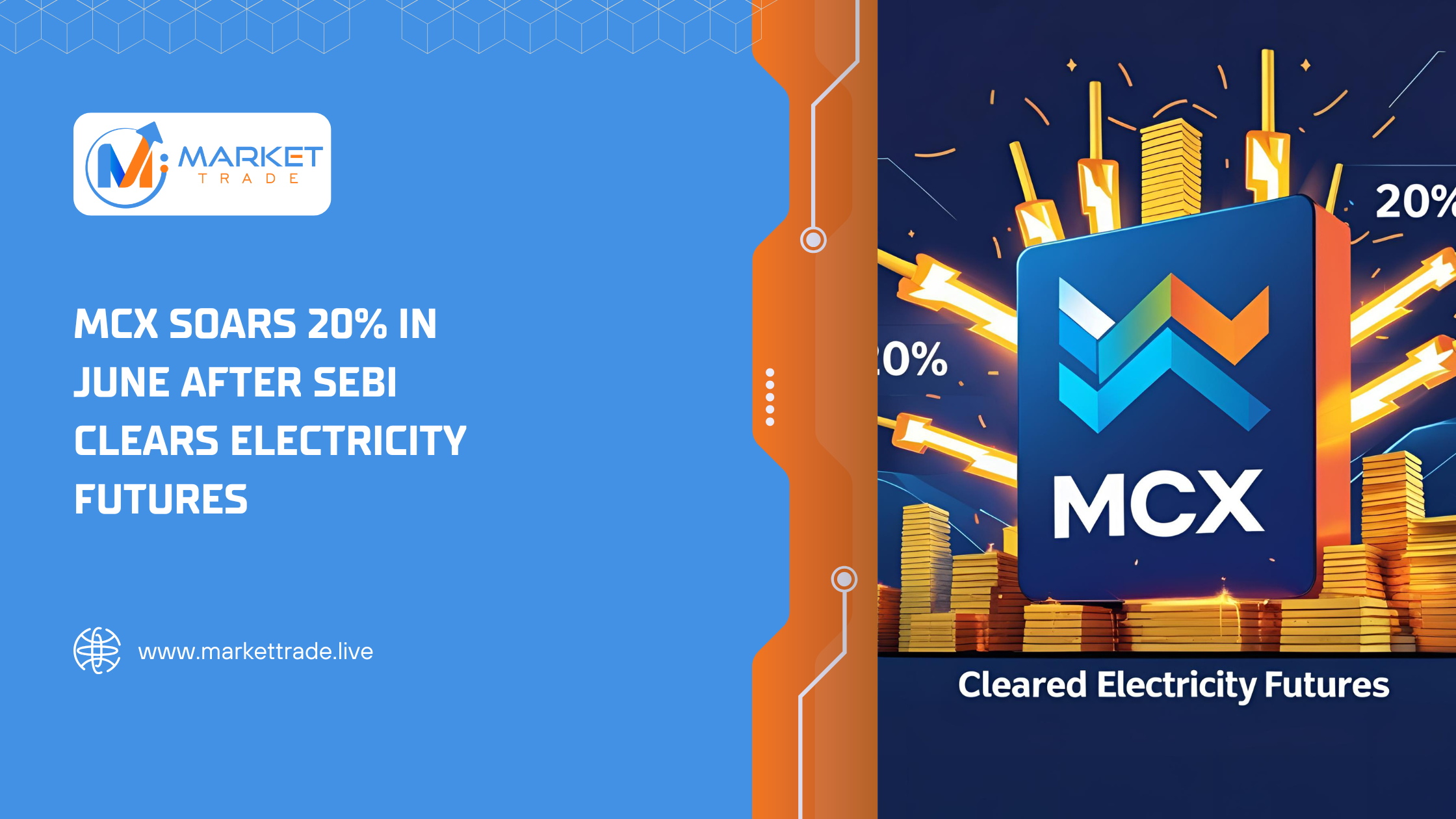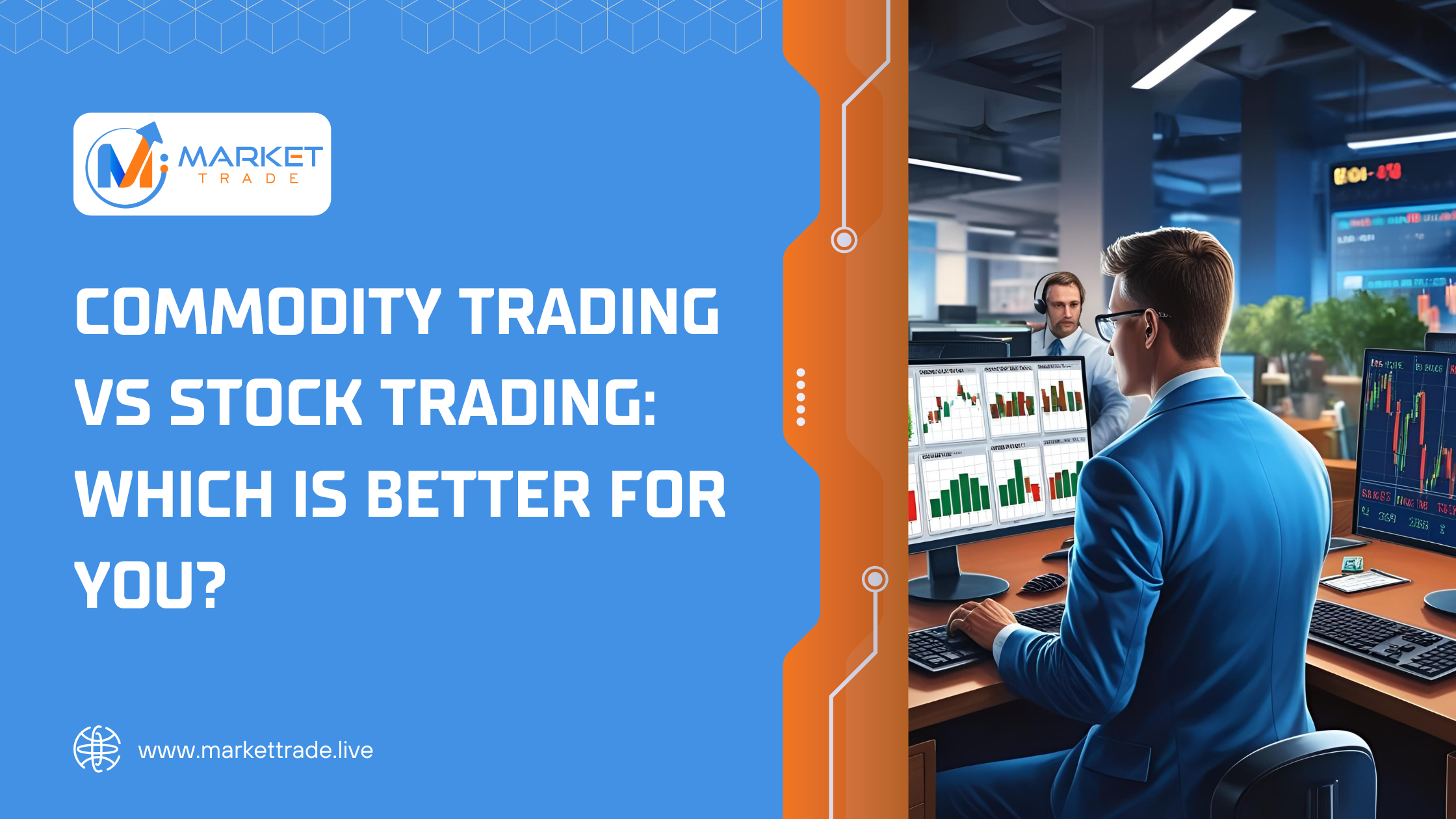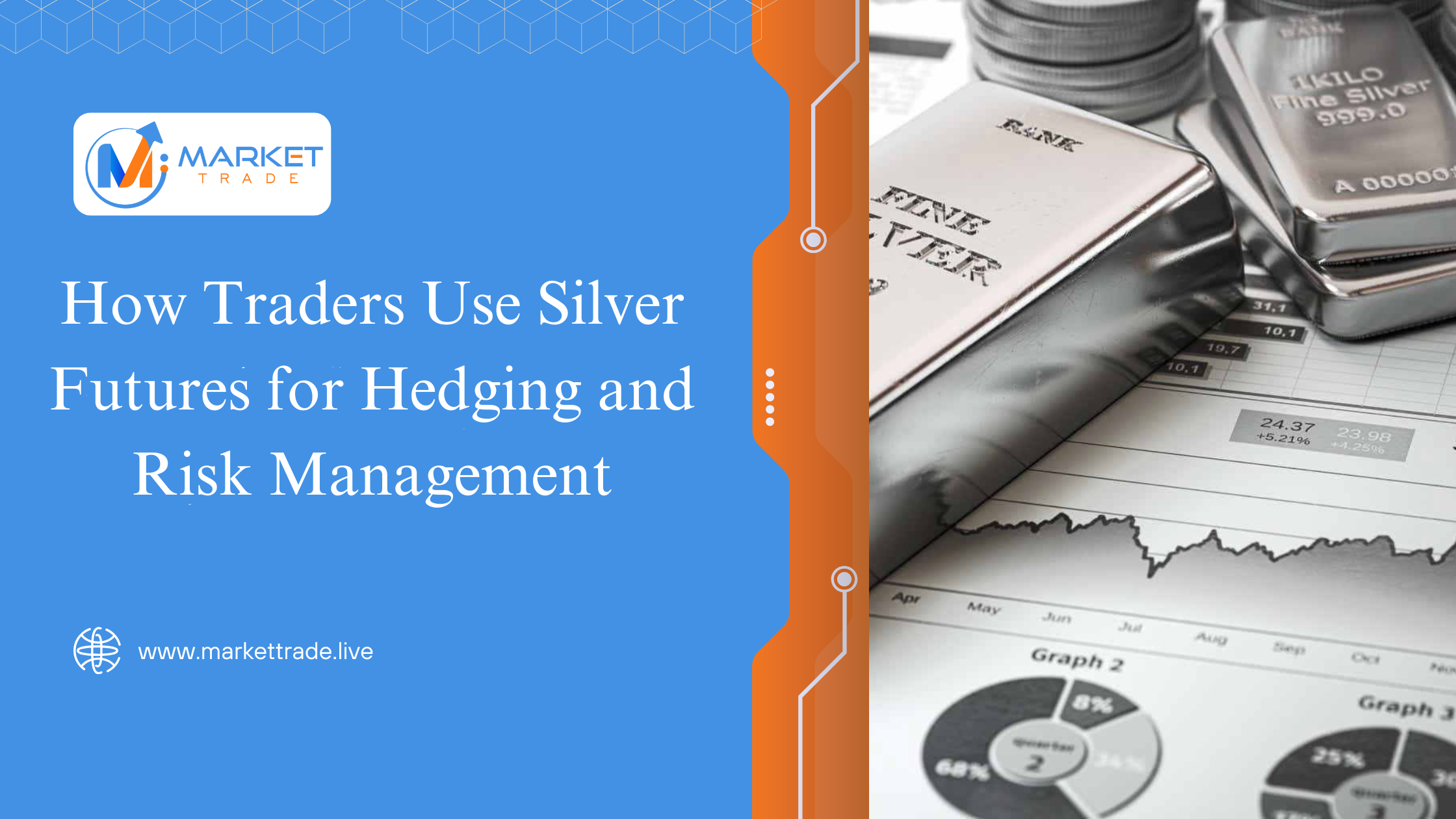
Silver is both an industrial workhorse and a precious metal, which makes its price unusually volatile. Solar panels, electronics, medical devices, and jewellery all rely on silver, so even small disruptions in supply or demand can trigger sharp price swings. For manufacturers, bullion dealers, or active traders, that volatility creates opportunity but also serious risk. That is where Comex silver futures come in. These exchange-traded contracts allow you to lock in future prices, protect cash flows, and manage your overall portfolio risk without needing to move physical metal. What are COMEX Silver Futures? On COMEX, the primary US exchange for precious metals, the standard silver futures contract represents 5,000 troy ounces of 0.999 fine silver. Key contract features include: Because the contract is standardized, liquidity is deep, and prices are transparent. That makes Comex futures an efficient tool for hedging or taking a view on silver. You do not need to pay the full contract value upfront. Instead, you deposit margin, a percentage of the total contract value, which allows you to control a large notional exposure with relatively smaller capital. This leverage magnifies both profits and losses, so risk management is crucial. Why Silver Price Risk Matters? Silver prices react to several overlapping forces: During periods of uncertainty, silver can behave like a haven, but when industrial demand slows or the dollar strengthens, prices can fall quickly. If you are a jewellery manufacturer or electronics producer, falling prices after you buy inventory can erode margins. If you are an investor holding physical bars or ETFs, a sudden price drop cuts portfolio value. Hedging with Comex silver futures allows you to offset those swings with gains on your futures positions. How Hedging with Silver Futures Works? Hedging is about reducing risk, not predicting the exact price. Here are two classic approaches. 1. Short hedge for holders of silver If you already own silver or plan to receive it later, your main risk is that prices might fall. This is useful for bullion dealers, refiners, or investors sitting on large silver inventories. 2. Long hedge for future buyers If your risk comes from needing to buy silver later, you worry about prices rising. This type of hedge is common for manufacturers or exporters who know their future silver requirement but do not want open price exposure. In both cases, the contract size of 5,000 ounces and a clearly defined tick value make the hedge quantifiable. You can approximate how many contracts you need based on your underlying exposure and your acceptable risk tolerance. Practical Risk Management Tips for Silver Futures Traders Using Comex futures for hedging works best when combined with disciplined risk management. 1. Size positions carefully Determine how much of your physical exposure you want to hedge. Some businesses hedge 50 to 70% instead of 100% to keep flexibility if market conditions change. 2. Watch basis risk Basis is the difference between spot and futures prices. It can move as storage costs, interest rates, or local supply and demand conditions change. That movement can affect how perfect your hedge is, especially if your physical silver is in a different region or grade than the exchange contract. 3. Manage margin and liquidity Futures positions are marked to market every day, so adverse price moves can trigger margin calls. Keep enough free capital so that a temporary drawdown does not force you to close a hedge at the worst moment. 4. Roll contracts thoughtfully If your hedge horizon is longer than the nearest expiry, you will need to roll from one contract month to another. Be aware of the cost or benefit of moving during periods of contango or backwardation in the silver curve. 5. Combine futures with directional views Some traders maintain a core hedge but tactically adjust exposure when they see strong technical or fundamental signals. For example, they might temporarily lighten hedges if they expect a brief price spike, then re-hedge once the move is over. Why Hedge Silver Futures With Markettrade? Markettrade helps you turn silver price volatility into a structured opportunity. Through our intuitive online trading platform, you can access Comex silver futures and other Comex futures contracts in a clean, fast interface built for active risk managers. Visual position tracking, real-time P&L, and margin alerts keep your hedges aligned with market moves. Whether you are stabilizing inventory, locking future purchase costs, or balancing speculative trades with protection, Markettrade gives you the tools to plan, execute, and adjust hedges confidently, so your silver strategy stays focused on long-term goals rather than short-term noise during the most volatile sessions. FAQs 1. What are COMEX silver futures? They are standardized exchange-traded contracts representing 5,000 troy ounces of silver, used for hedging price risk or speculation globally. 2. Who typically hedges with silver futures? Jewellery manufacturers, bullion dealers, refiners, exporters, and active investors hedge anticipated purchases or holdings against unpredictable silver price swings effectively. 3. Is hedging with futures risk-free? No, hedging reduces price uncertainty but introduces basis risk, margin calls, and opportunity costs, so disciplined position sizing remains important. 4. How do I start hedging silver at Markettrade? Open and fund a trading account, learn contract basics, practice on demo, then place sized hedging orders with clear rules.

